LebanonMapApril 30 — May 3, 2009 Lebanon is a special case. It’s an Arab country, but a Christian one at the same time. 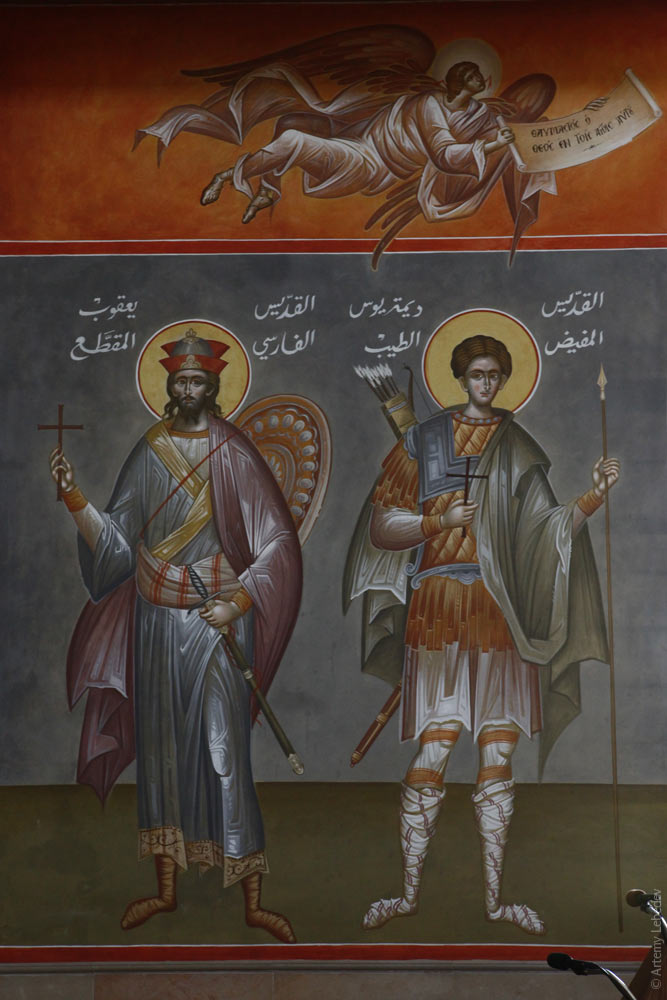 That’s why the ambulances here have crosses on them, rather than crescents. 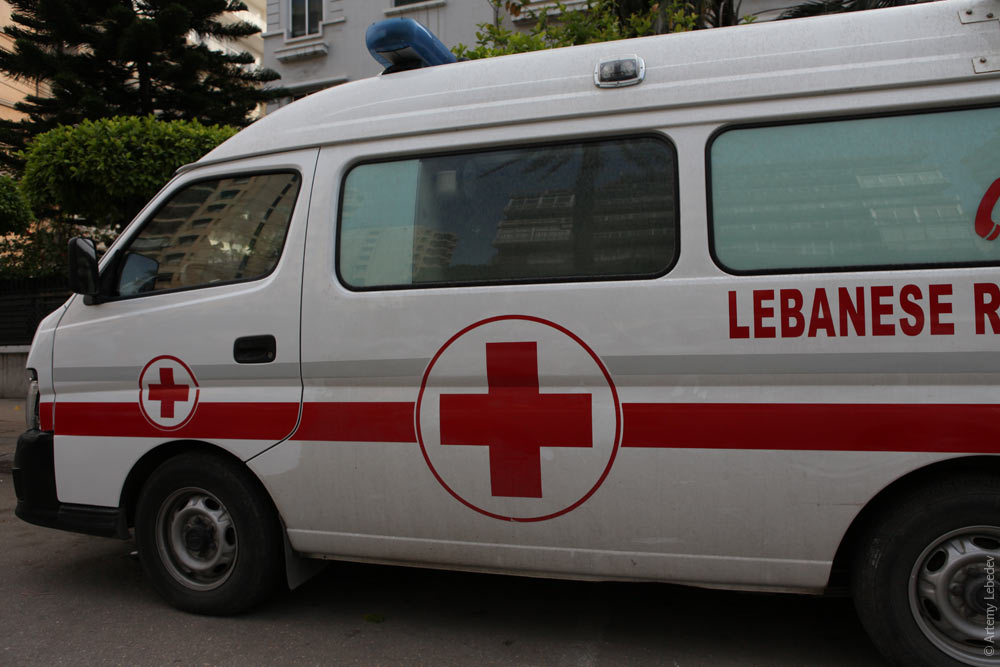 Of all the Arab states, Lebanon is the most democratic and westernized. Alcohol and tobacco are sold freely here. BeirutMapMany people are afraid to come here. 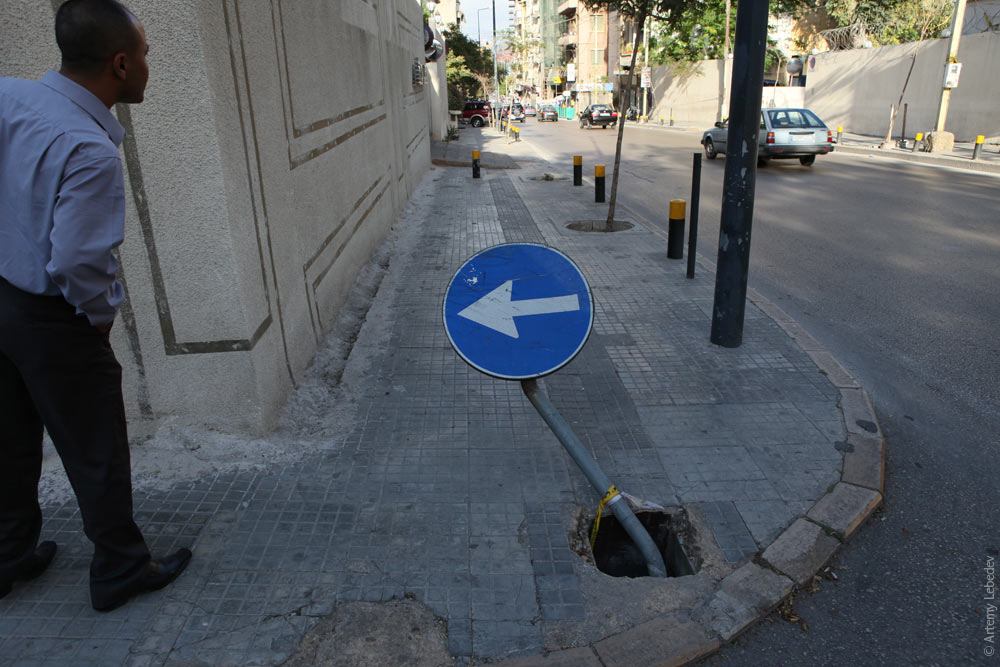 But it’s the Lebanese themselves who are afraid most of all. Every relatively large residential neighborhood or institution is guarded by paramilitary security, and the locals get very nervous at the sight of a camera. 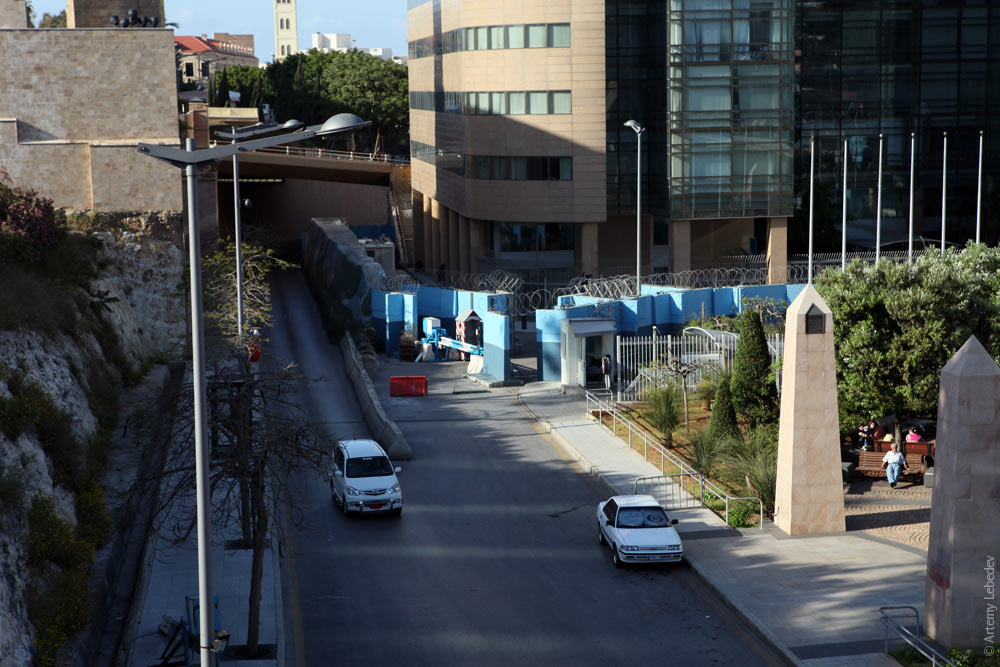 The security guards are always stationed inside wooden booths, which resemble the policemen’s booths of pre-revolutionary Russia.  Government and other important buildings are protected from the street side with concrete barriers, which take up a generous portion of the roadway. 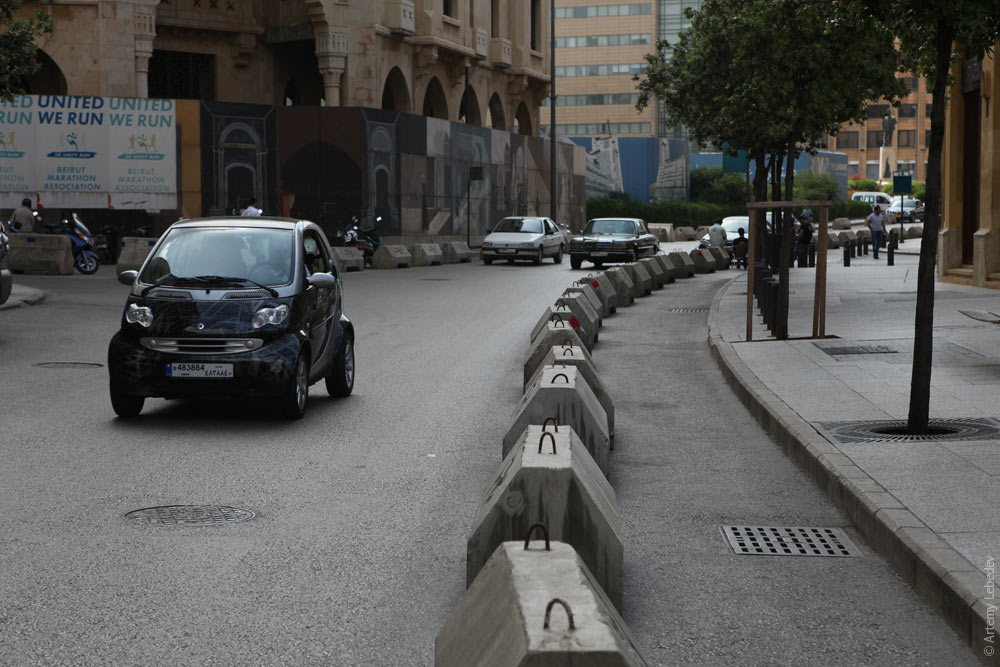 The Lebanese love their national symbols (the cedar tree and red stripes) and brand everything they can with them, including payphones. 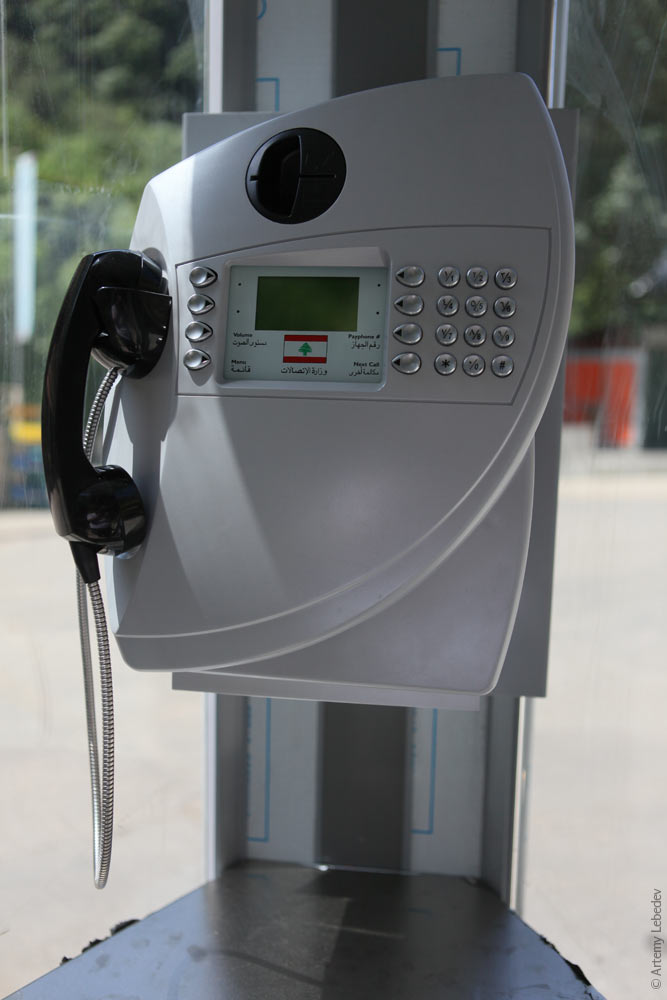 Street trash dumpsters are never found alone—they’re always in groups. 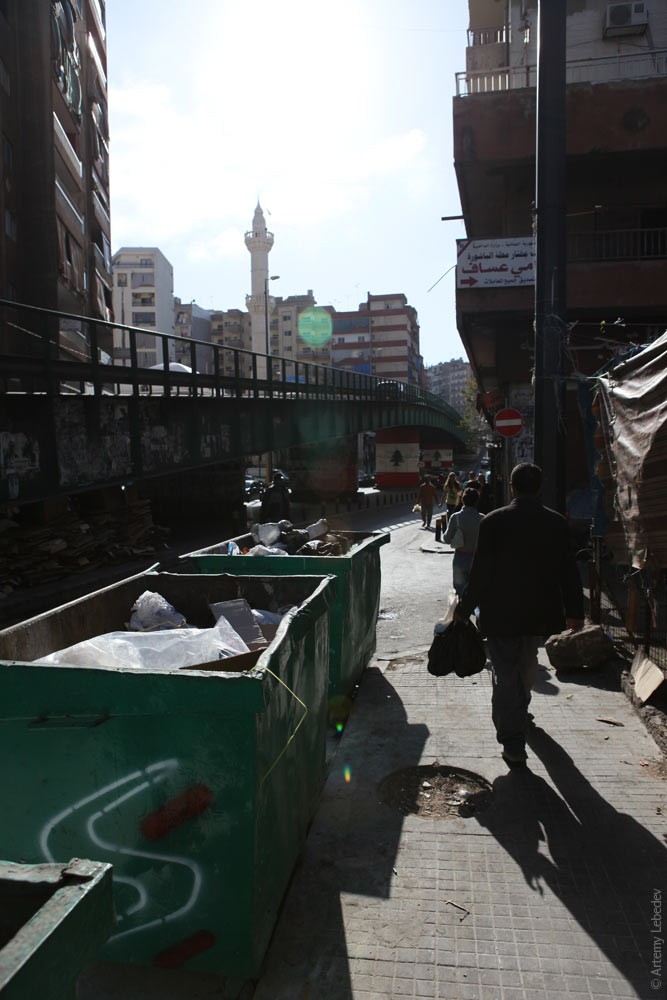 It’s details like this that are indicative of a real distinctive national identity. 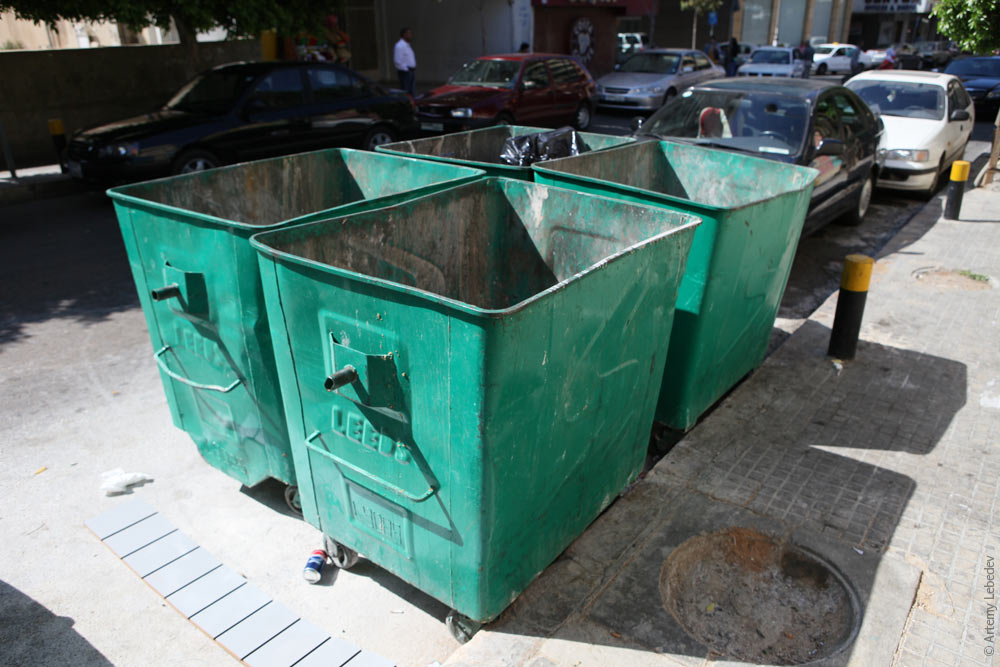 The traffic signs in downtown Beirut are mounted on fancy poles. 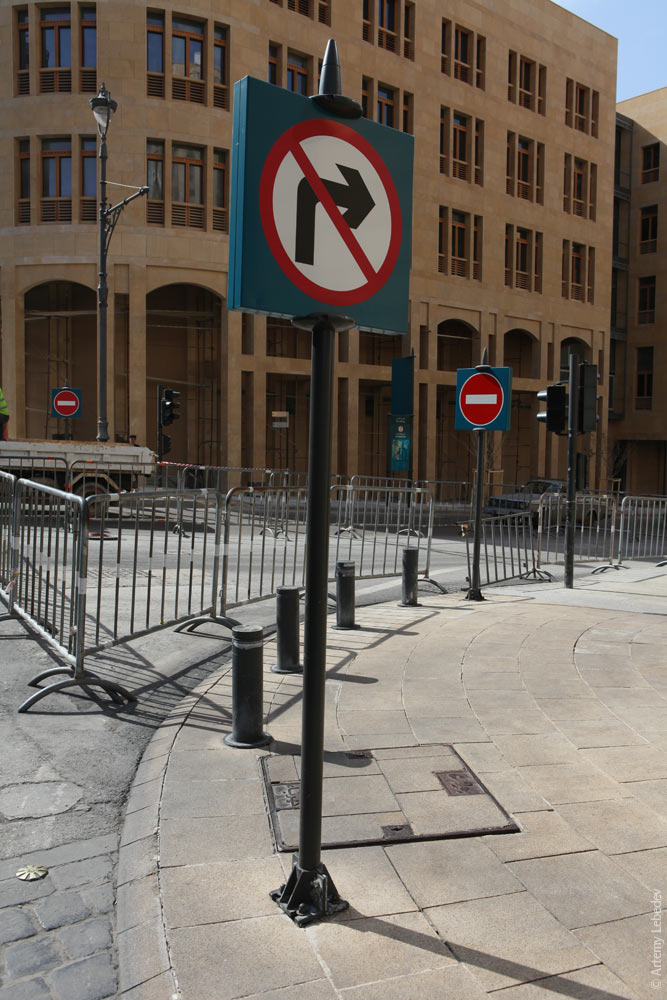 Ordinary signs are mounted on whatever’s at hand and generally look European.  A distinctive local feature: the red band on restrictive signs is very wide and contains text in Arabic and French (a traditional colonial tribute). 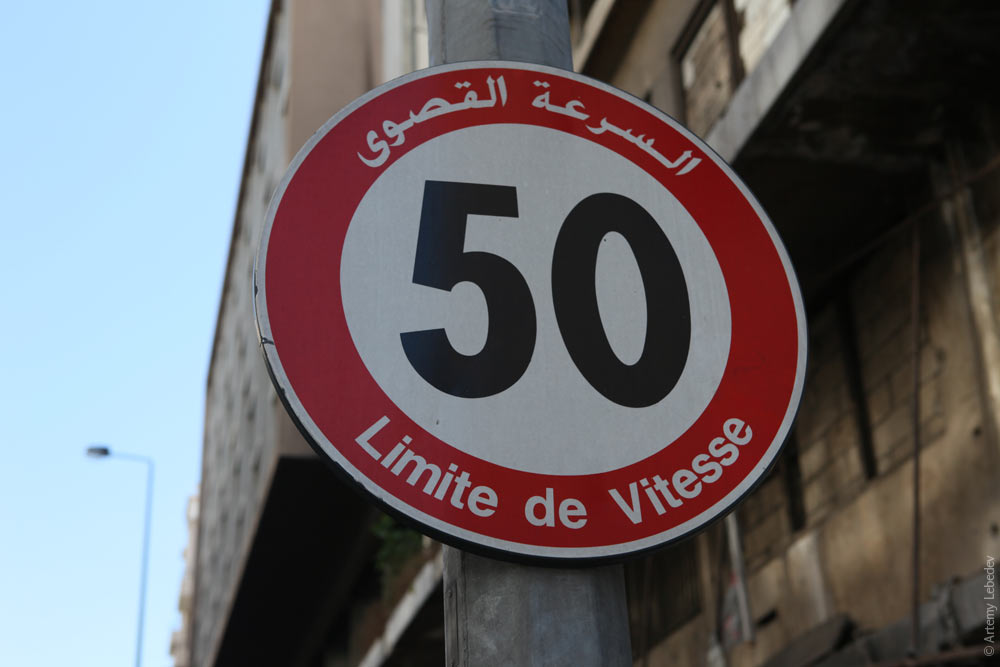 The pictures of a Lebanese mailman-Superman on post boxes are completely unexpected. 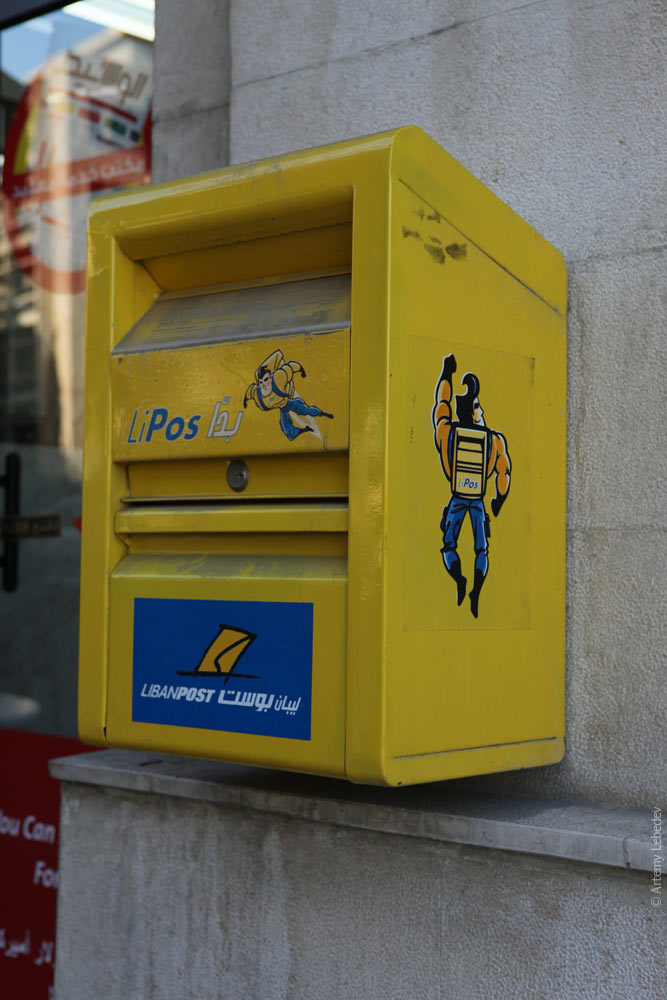 People smoke regular hookahs out on the street. 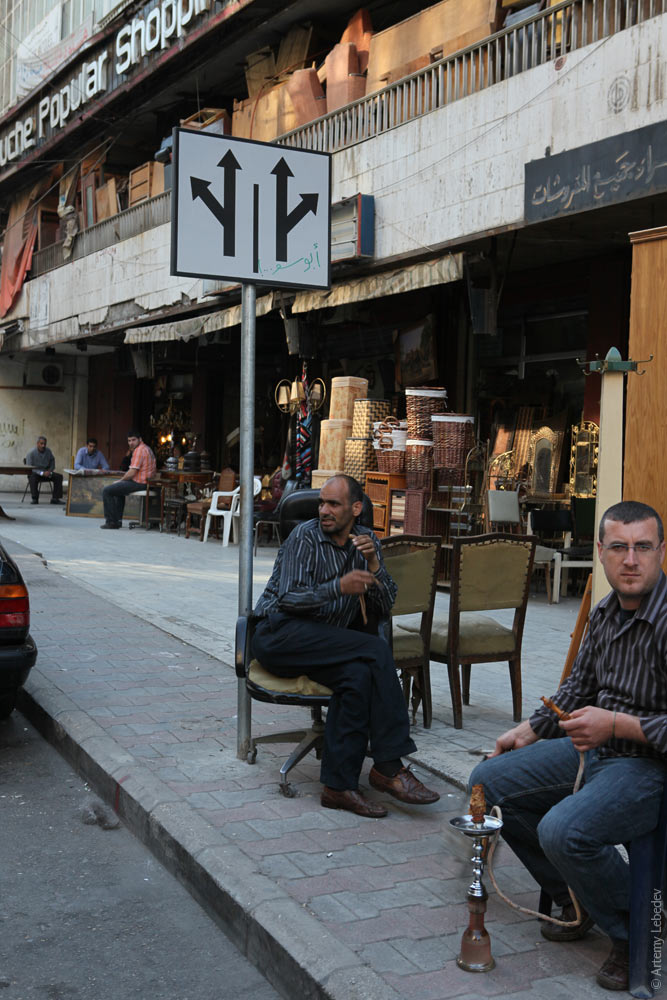 And fruit hookahs at restaurants. The hookah stem is stuck directly into a melon, watermelon, or pineapple. By the way, every café here brings you a free cold bottle of water without asking. 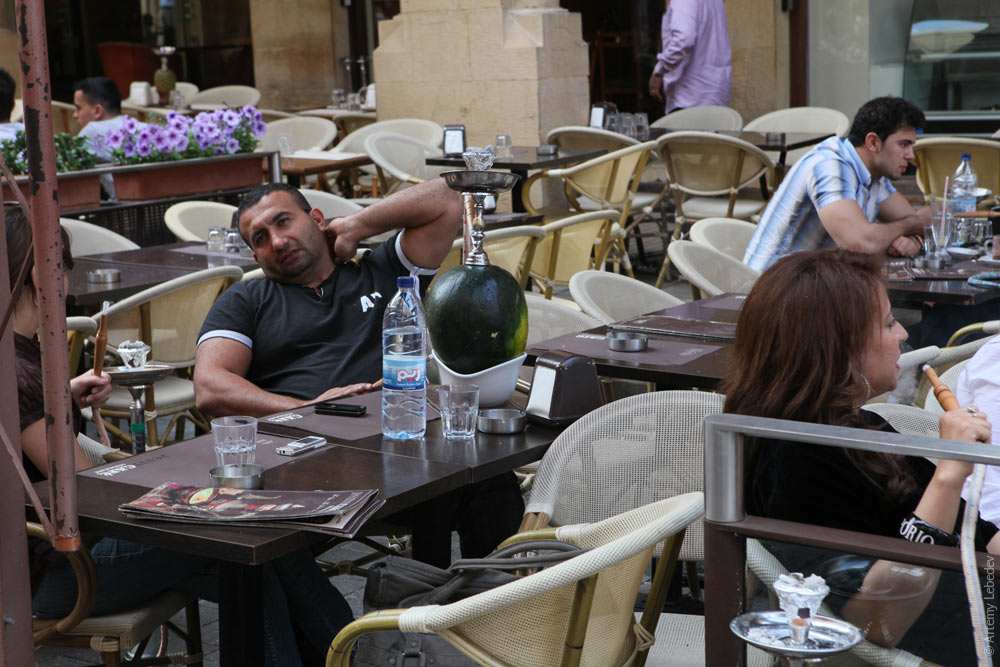 Armed conflicts and wars of all kinds keep taking place here. The production of ruins and construction of new buildings continue without interruption. 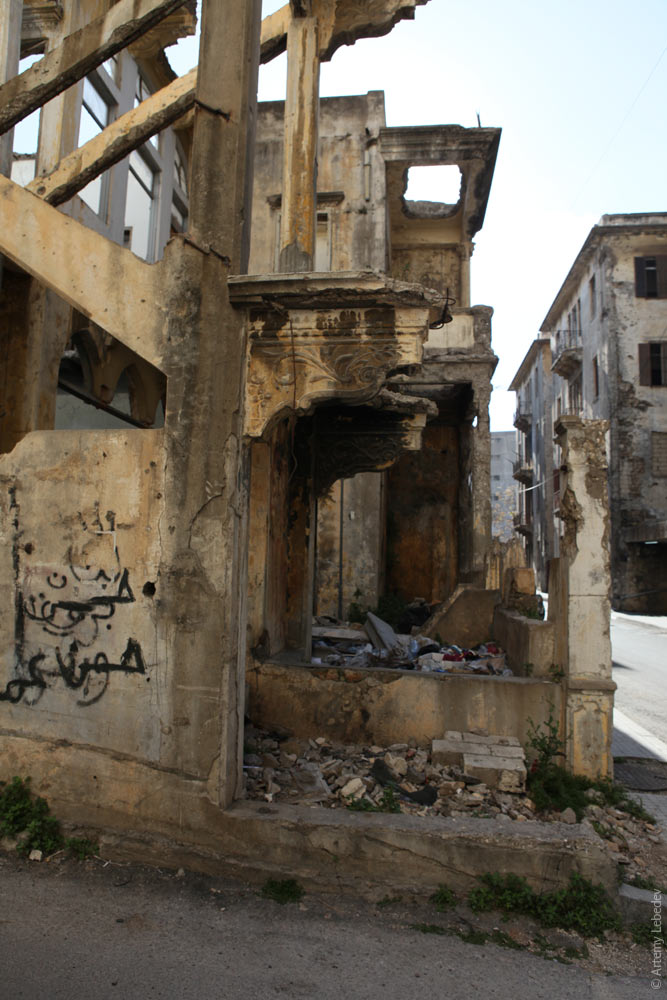 The new architecture is pleasant and somewhat reminiscent of the post-war Stalin-era buildings on Tverskaya Street in Moscow. 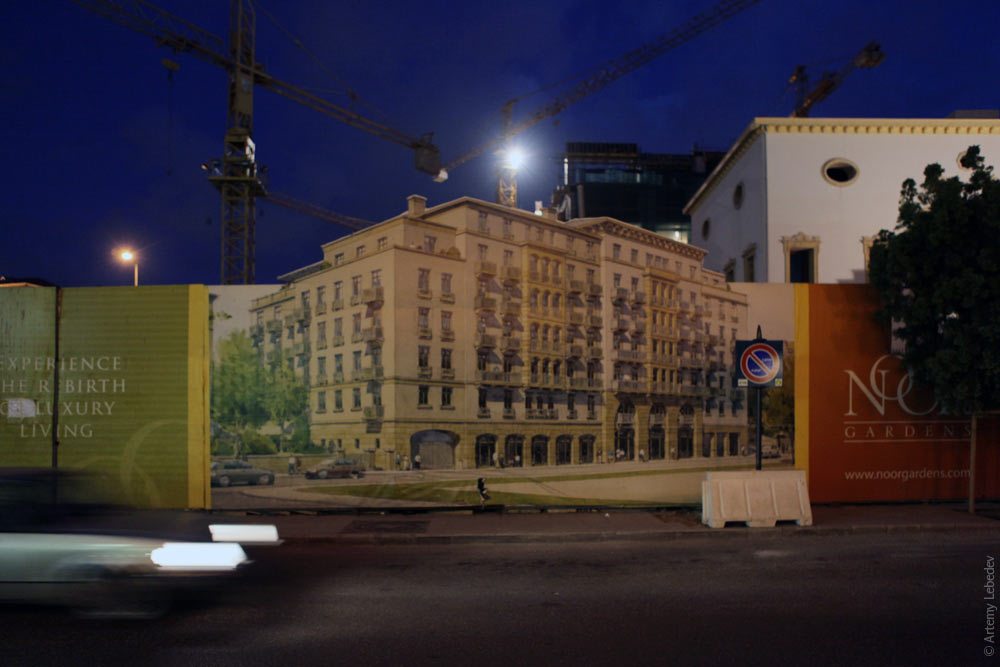 The construction site fences look interesting: the top section is always bent towards the sidewalk. 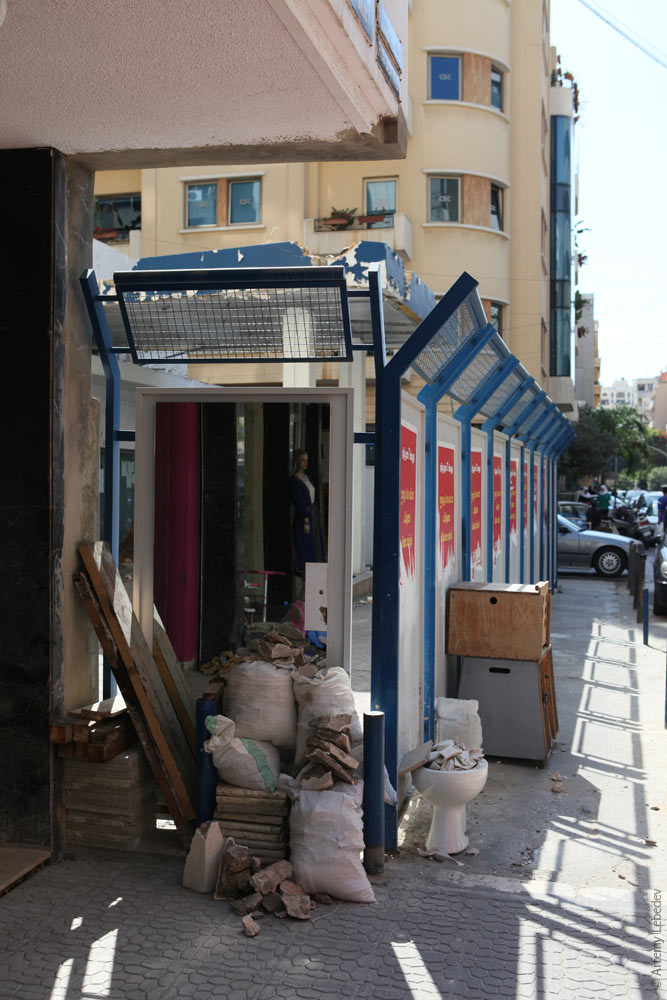 Power lines are mounted on brackets attached directly to buildings wherever possible, like in Morocco. 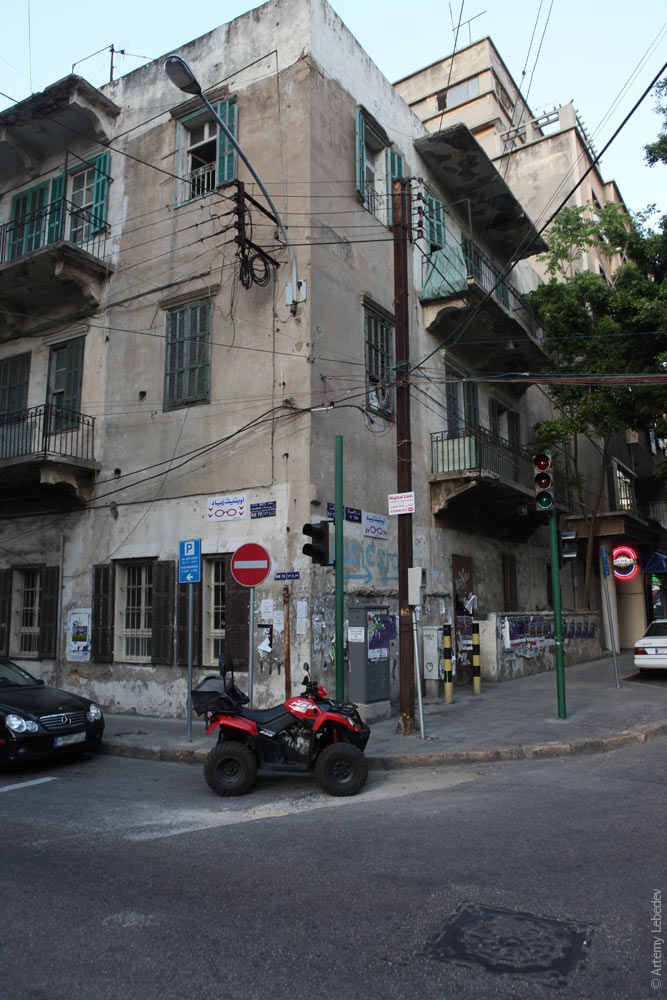 Curtains spanning the entire balcony are the main line of defense against the sun in Lebanese homes. 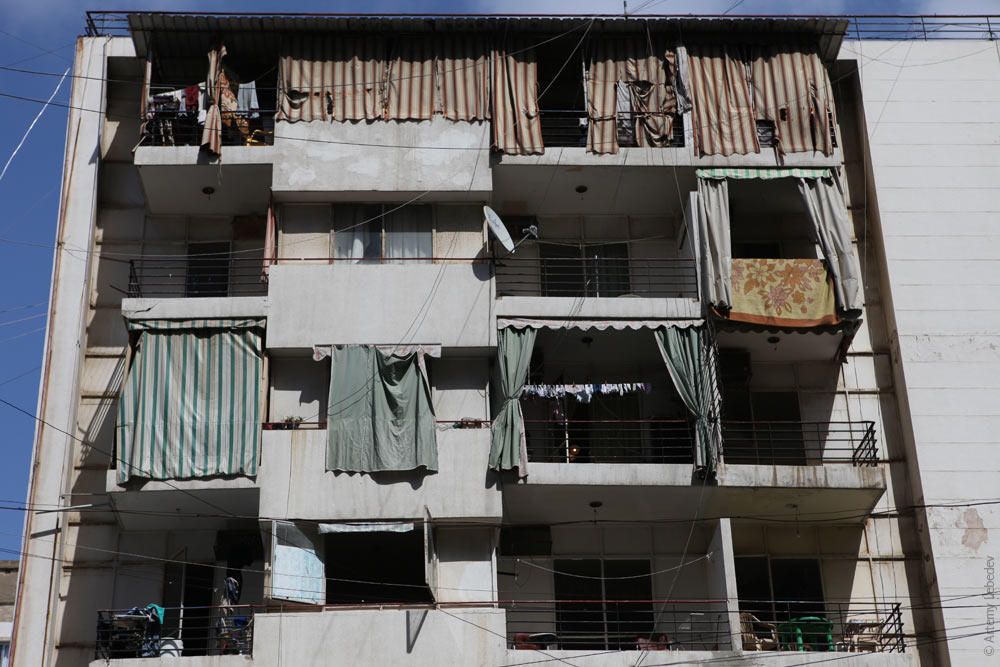 The most interesting cities are all located along the sea. All you have to do is follow the coastline. 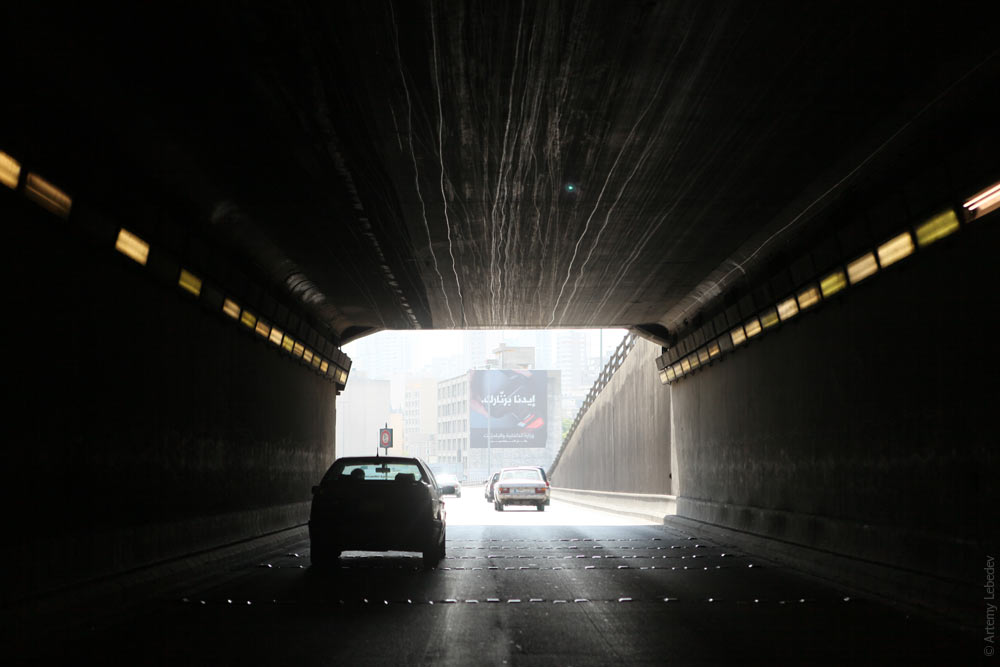 A view of a Lebanese village and destroyed bridge from the mountain above. 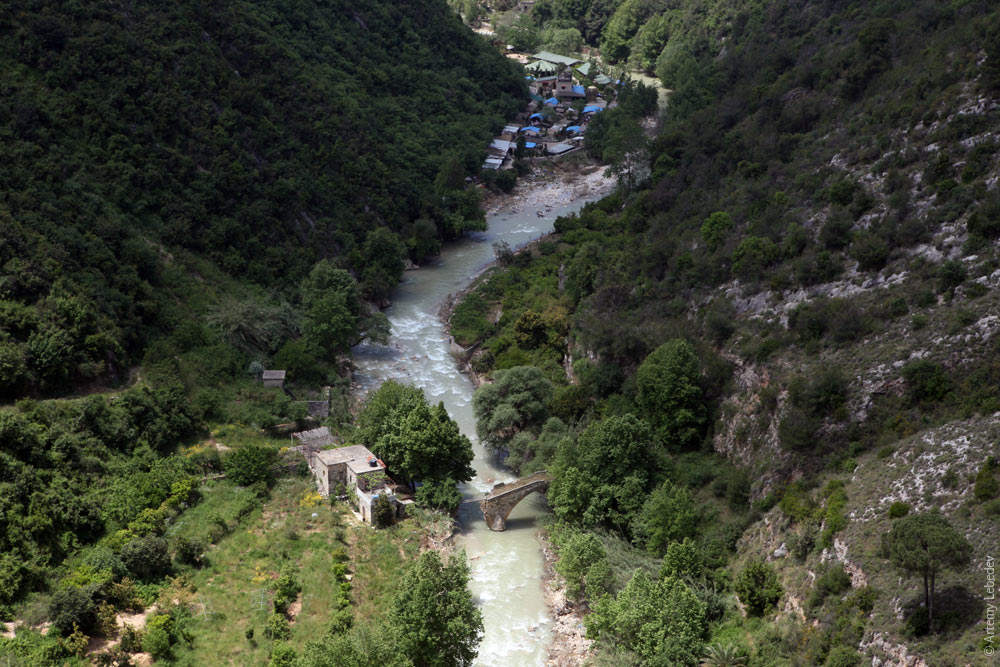 Tunnel ahead.  Supermarket and electoral advertisements. 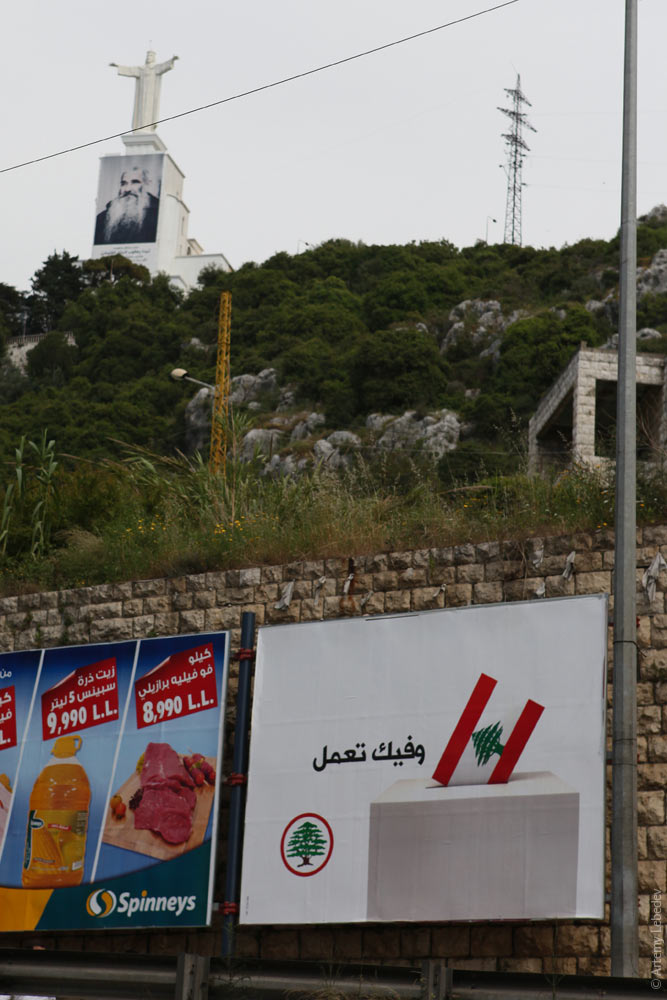 ByblosMapThe Arab city of Jbeil was once called Byblos. 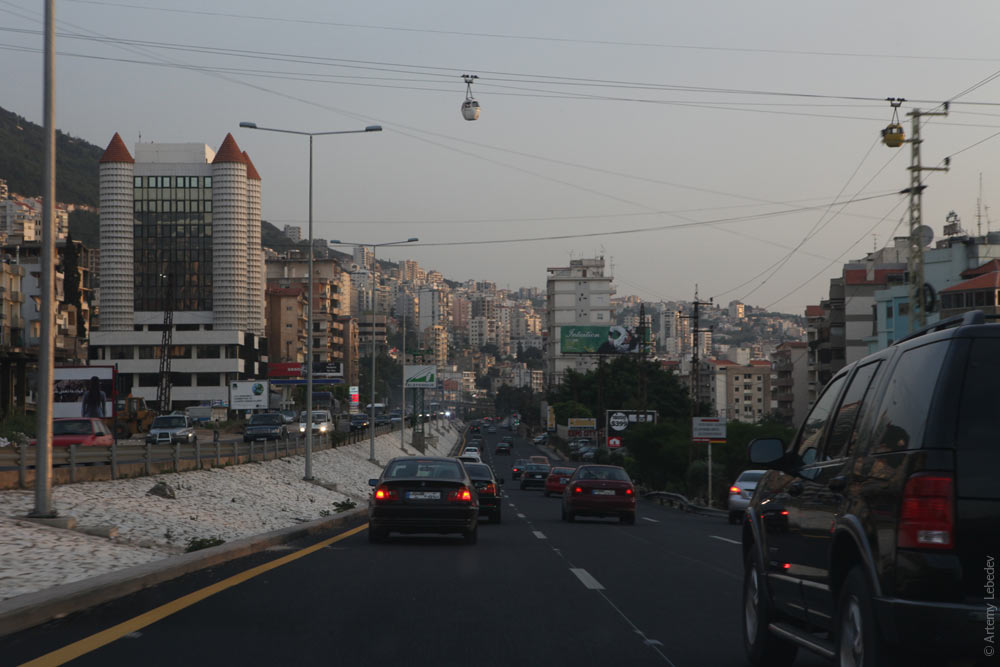 Byblos is famous for the fact that it was occupied as far back as 7000 years ago (i.e., it’s 2000 years older than Derbent). The Romans and the Crusaders left the biggest trace here. 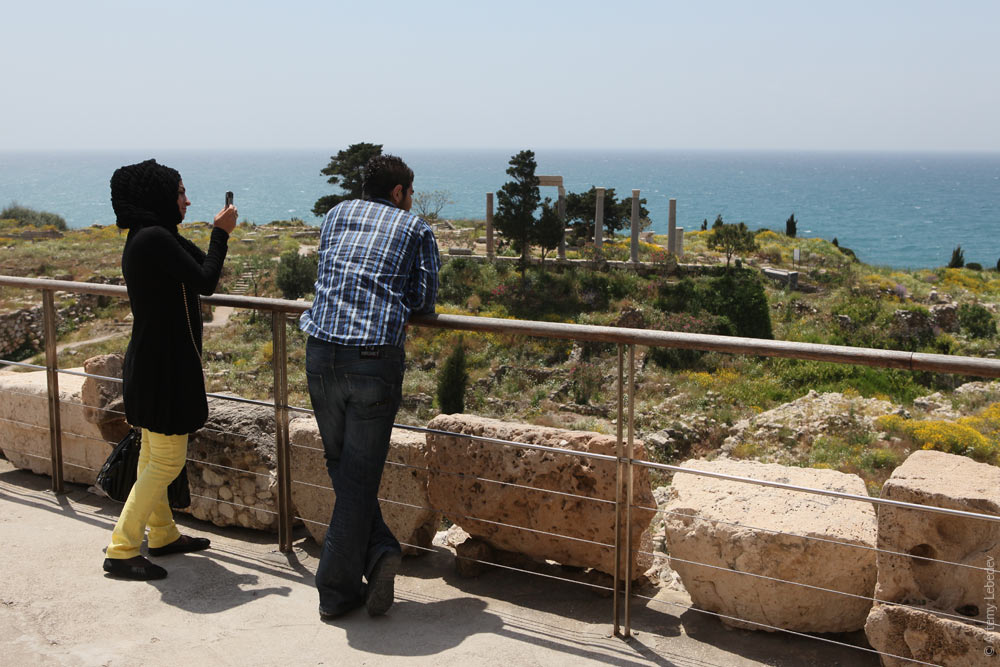 The main difference from Beirut is that the paramilitary guard booths are painted with horizontal red stripes here, rather than diagonal ones. 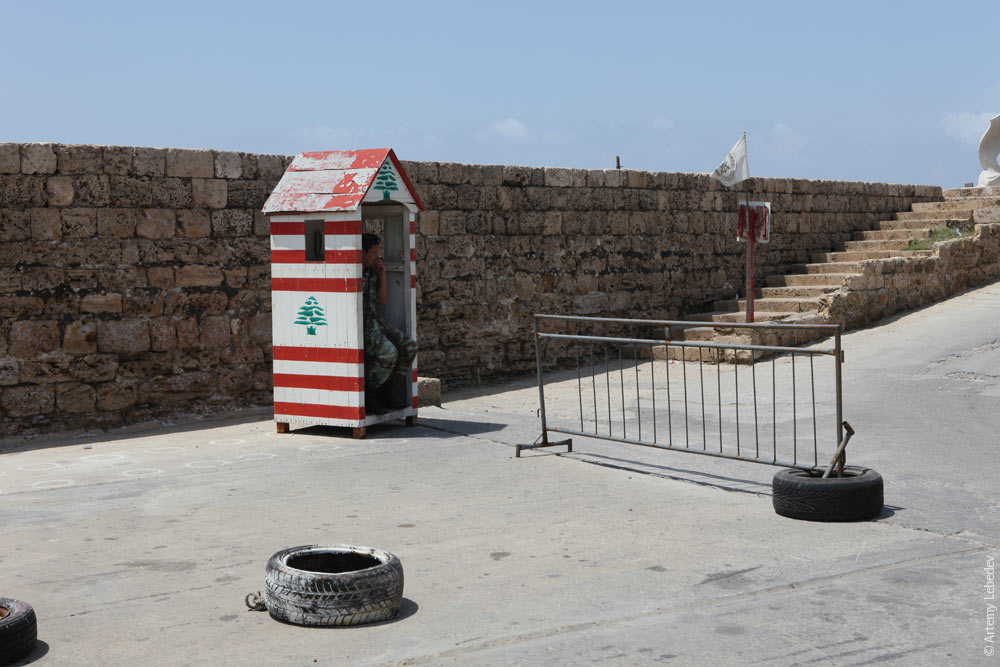 TripoliMapThe traffic signs are all a bit homespun-looking here. 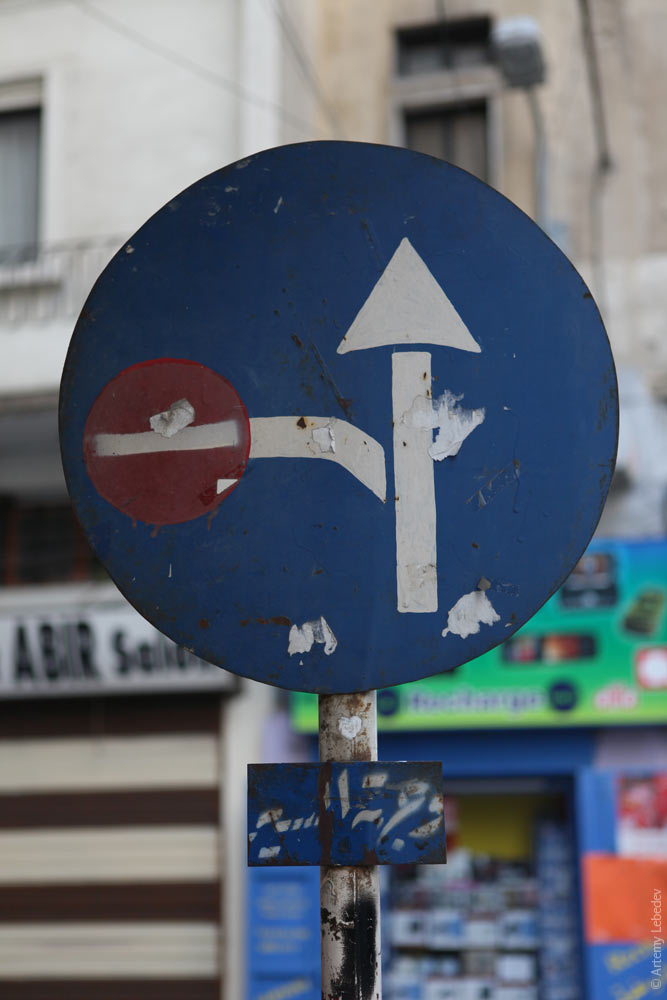 Street names are marked in both Arabic and French. 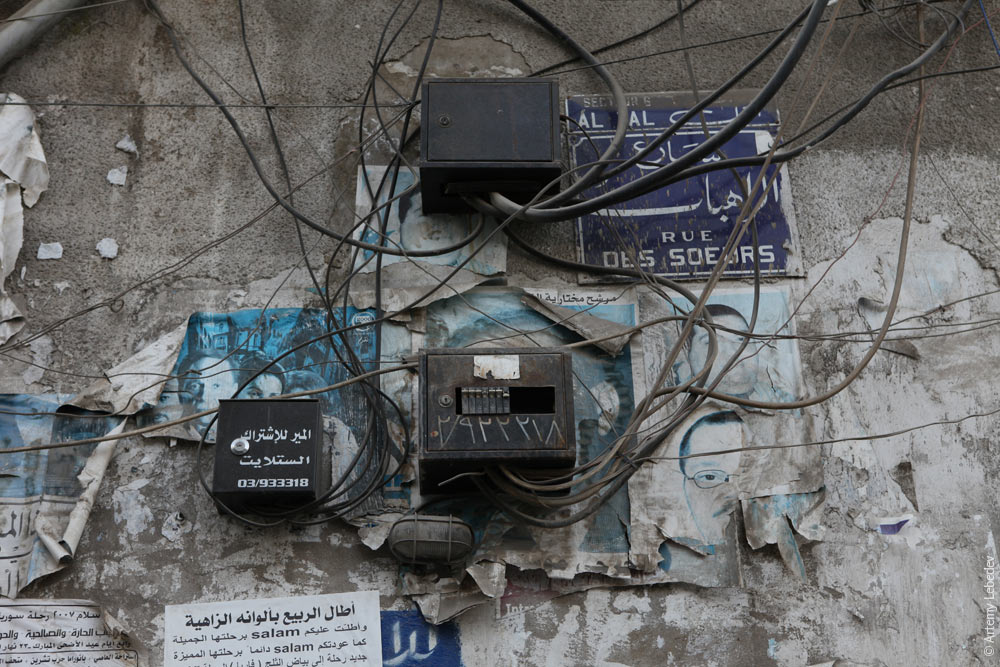 There’s a huge number of old Mercedes on the roads. 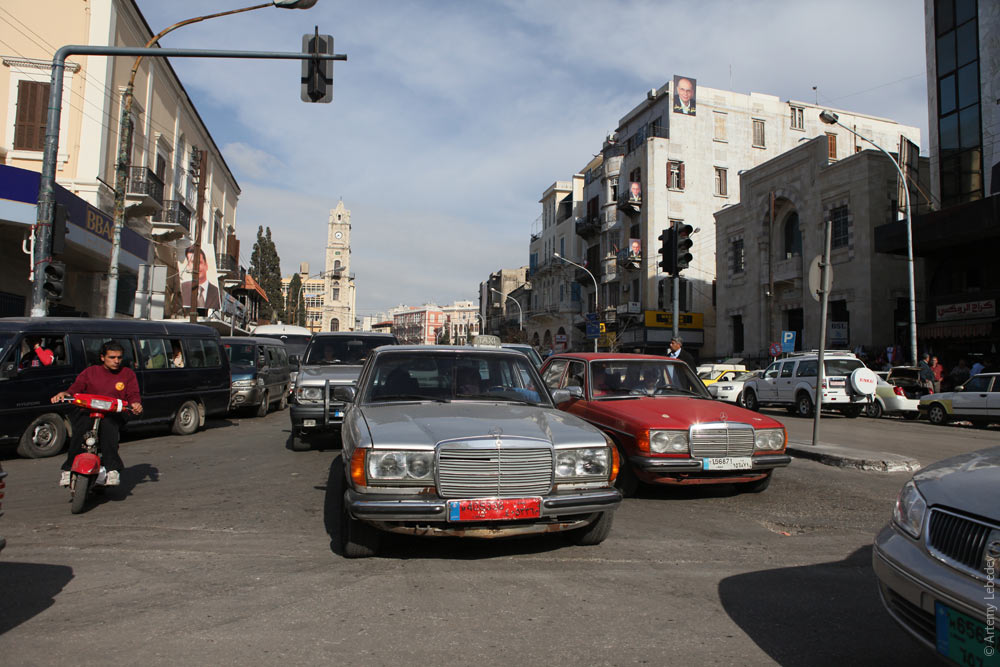 Being a street vendor in Tripoli is easy—just take an old Mercedes and completely cover it with crap. 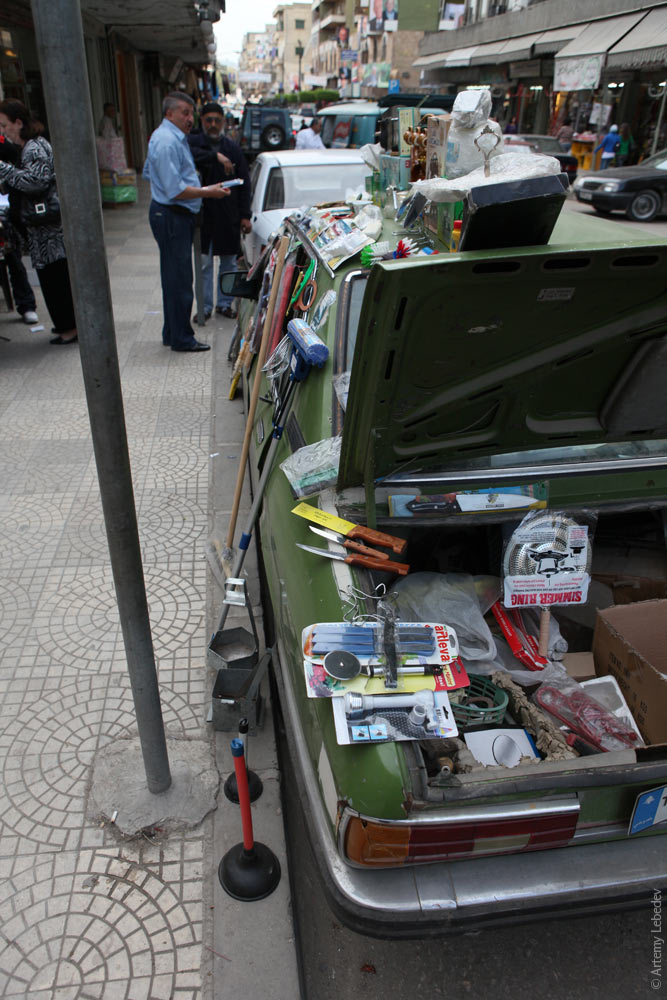 The logo of the criminal police is exquisite. 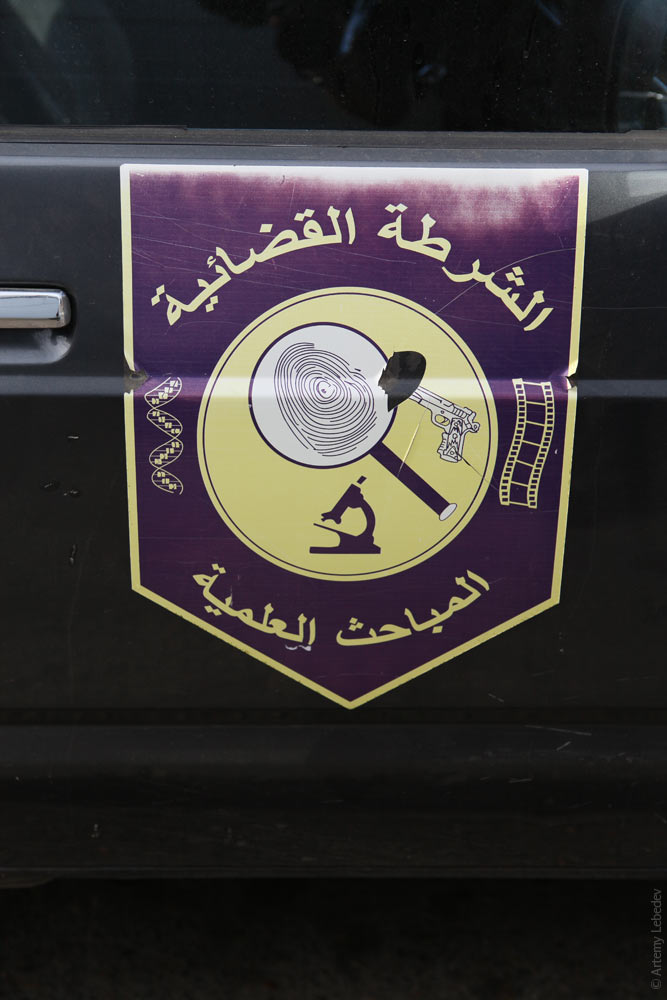 Tripoli is inhabited by the most politically active people in the world.  They also make espresso here. Pressure is generated manually by the salesperson using a lever. The taste is equally vile everywhere. 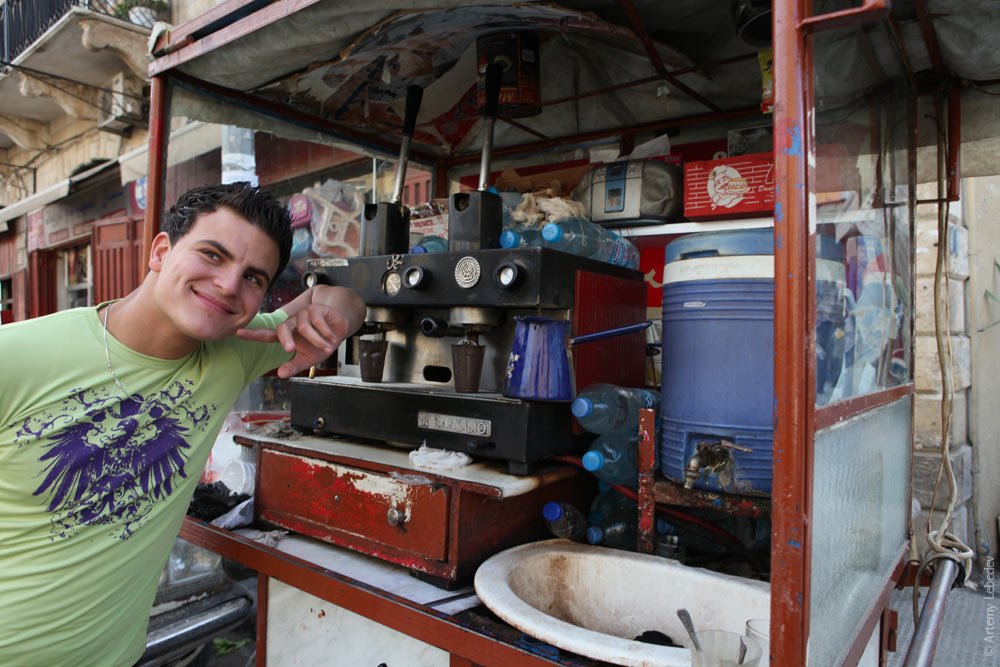 |